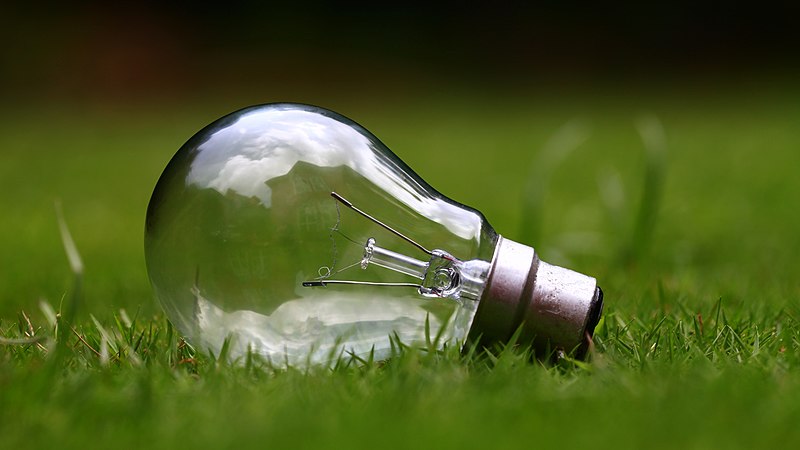The economy has not yet recovered from the corona-crisis and is already threatened by another serious danger: green-flation. Based on the sound similarity of two words, inflation-greenflation, this new English phrase has only recently emerged.
And it may quickly become a standard part of our vocabulary, because it captures, in an ingenious shorthand, the essence of the very serious risk that we are undoubtedly beginning to face today. That risk is the rise in the price level as a result of our efforts to slow or stop climate change.
First it was the EU’s European Green Deal, which in 2020 set the ambitious goal of achieving climate neutrality by 2050. In July 2021, the European Commission approved a 2,700-page package of documents called Fit for 55. It is a set of measures to reduce greenhouse gas emissions by at least 55% by 2030 compared to 1990.
However, achieving this target requires major changes to EU policies on climate, energy, transport and taxation. And the full mobilization of industry to help it reduce its carbon footprint through a new industrial strategy for Europe. This envisages a twofold transformation, green and digital.
And where is the link between these good intentions and the rise in price levels? Moving away from traditional carbon-producing sources discourages investment in coal mines or ironworks, which limits their production and raises their prices. The coming massive public spending is in turn increasing demand for new materials needed to transition to a cleaner economy.
An unintended outcome of the green transition is thus rising prices for oil, gas, coal, steel and other metals and raw materials such as copper, aluminum and lithium, which are essential for making better use of solar and wind power, electric cars and other renewable technologies.
The drive to move as quickly as possible to a greener economy thus brings with it green inflation, which can not only disrupt a hard-pressed economy, but can destroy it altogether. It is green inflation that can cause us to saw the proverbial branch underneath us in two places at once.
We are in danger of having a dramatic drop in supply and a rise in the price of the fossil fuels and raw materials we need to move to a low-carbon future. And overpriced energy and raw material prices will spill over into price increases for absolutely everything.
Clean air, clean water, unpolluted land, biodiversity, healthy and affordable food, these are all things we all want. However, we should realize as soon as possible that we will not achieve them by ignoring the basic laws of economics or even physics.
Nevertheless, it is not enough just to appeal. We will join forces with all those who are aware of the risk of making the wrong choices, because only by correcting them can we try to avert the phantom of green inflation. And let us hope that it is not too late.



